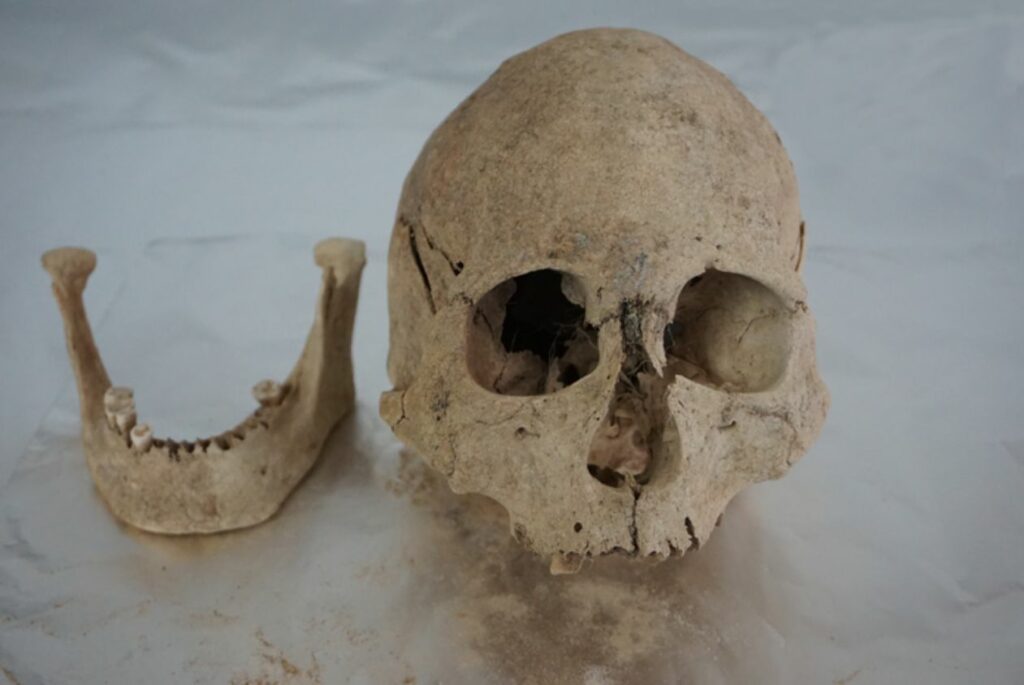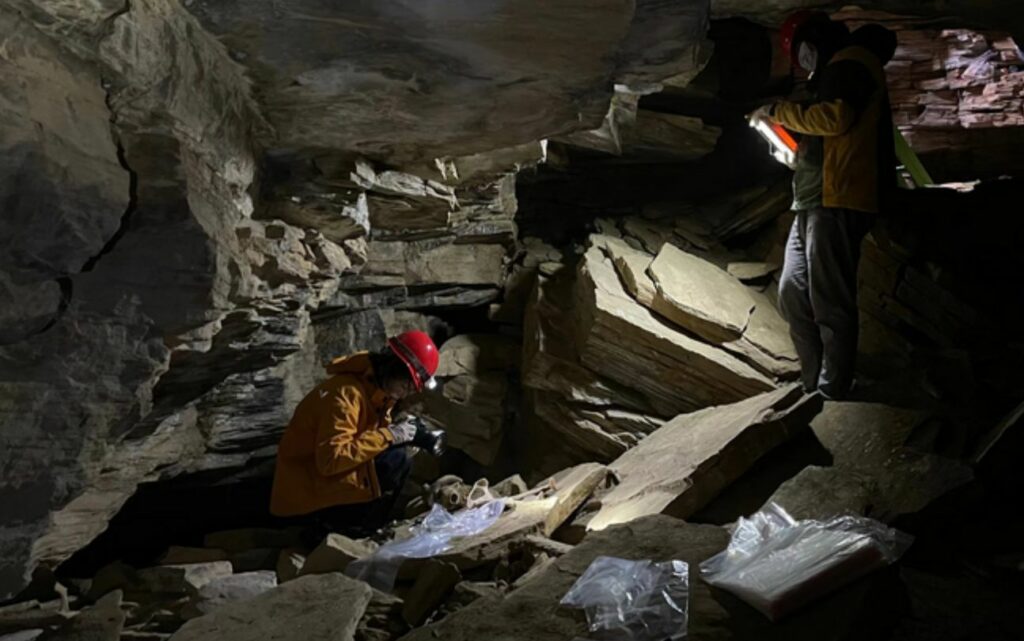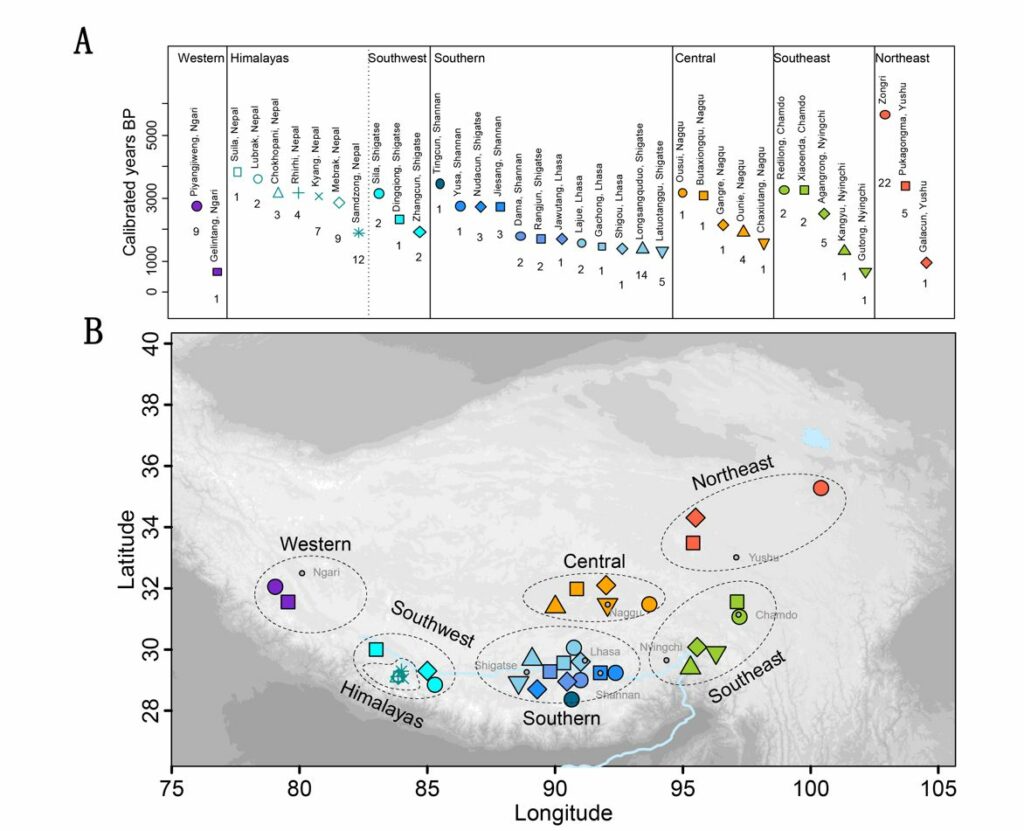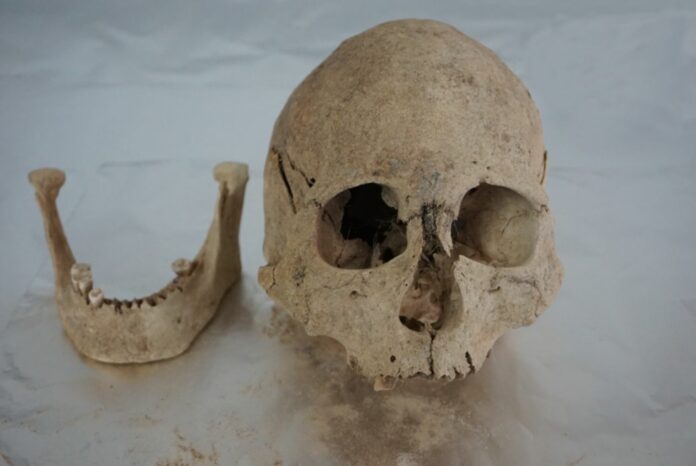The Tibetan Plateau, hailed as the world’s largest and highest plateau above sea level, is considered one of the most unforgiving environments to be inhabited by mankind. Its frigid and parched climate, coupled with an elevation that frequently exceeds 4000 meters above sea level (masl), presents an enormous challenge to its inhabitants.
Spanning across an immense area of Asia that measures approximately 2.5 million square kilometers, this formidable plateau is home to more than 7 million individuals, predominantly comprising the Tibetan and Sherpa ethnic communities.
Our understanding of the origins and history of ancient humans on the Tibetan Plateau has long been incomplete due to limited sampling of DNA from ancient human remains. However, a recent breakthrough study published in Science Advances today, led by Prof. FU Qiaomei from the Institute of Vertebrate Paleontology and Paleoanthropology (IVPP) of the Chinese Academy of Sciences, has provided new insights by sequencing the genomes of 89 ancient humans from 29 archaeological sites across the plateau, dating back to 5100 BP.

The study revealed that ancient humans living throughout the Tibetan Plateau can be traced back to a single origin, originating from a northern East Asian population that mixed with a distinct and as yet unsampled human population.
These findings challenge earlier hypotheses which suggested that the ancient humans of the plateau were of diverse origins.
“This pattern is found in populations since 5100 years ago, prior to the arrival of domesticated crops on the plateau,” adds Prof. FU.
According to the researcher, the arrival of northern East Asian ancestry to plateau populations predated the introduction of barley and wheat, and was not linked to migrating wheat/barley agriculturalists. Further analysis of genetic patterns revealed that prior to 2500 BP, three distinct Tibetan populations inhabited different regions of the plateau – the northeastern, southern/central, and southern/southwestern regions. Previous research on plateau populations had only focused on the latter group.

The researcher also noted that different population dynamics were observed in these three regions. In lower elevation regions (~3000 masl) like the Gonghe Basin, northeastern populations younger than 4700 BP showed an influx of additional northern East Asian ancestry. However, this influx was not observed in higher elevation populations (~4000 masl) dating to 2800 BP located just 500 km away.
According to the research, a widespread community of humans inhabited the Yarlung Tsangpo River area, with a shared genetic ancestry traced back to southern/southwestern populations dating to 3400 BP, western populations from Ngari Prefecture dating to 2300 BP, and southeastern populations from Nyingchi Prefecture dating to 2000 BP. The extensive reach of these populations is a testament to the significant role this river valley played in shaping the course of Tibetan history.
“Between these two groups, central populations prior to 2500 BP share ancestry that differed from those further north and south. However, sampling of central populations after 1600 BP show that they share a closer genetic relationship to southern/southwestern populations. These patterns capture a dynamism in human populations on the plateau,” explains Melinda Yang, assistant professor at the University of Richmond and a previous postdoc at IVPP.

“While ancient plateau populations show primarily East Asian ancestry, Central Asian influences can be found in some ancient plateau populations,” adds WANG Hongru, professor at the Agricultural Genomics Institute in Shenzhen and a previous postdoc at IVPP. “Western populations show partial Central Asian ancestry as early as 2300 BP, and an individual dating to 1500 BP from the southwestern plateau additionally shows ancestry associated with Central Asian populations.”
According to recent studies, contemporary Tibetans and Sherpas have a significant genetic influence from lowland East Asian populations. The level of gene flow varies depending on the longitude, indicating that the pattern of genetic admixture is a recent phenomenon. This observation contrasts with older population samples dating from 1200-800 BP, which do not show a similar pattern of genetic influence, suggesting that the migration of lowland East Asian populations is a recent occurrence.
Previous research has demonstrated that modern populations residing in the Tibetan plateau possess a high frequency of a particular variant of the endothelial Pas domain protein 1 (EPAS1) that is beneficial for survival at high altitudes. This variant likely originated from an interbreeding event between modern humans and Denisovans, an archaic human species.
“Humans from this study show archaic ancestry typical of lowland East Asians, but the oldest individual dating to 5100 BP is homozygous for the adaptive variant,” remarks Prof. FU. “Thus, the arrival of this variant occurred prior to 5100 BP in the ancestral population that contributed to all plateau populations.”
Through their extensive spatiotemporal analysis, the researchers have uncovered evidence of a Tibetan lineage that dates back at least 5100 years, revealing an ancient population that diversified rapidly over time. The team’s research has also revealed unique historical patterns among three distinct regional groups, which began to merge around 2500 years ago.
“This is the largest study of ancient genetics on the Tibetan Plateau to date,” adds LU Hongliang, a professor at Sichuan University.
“Analyzing ancient DNA allows us to go beyond the study of cultural interaction using only archaeological evidence, and to put forward new ideas for archaeological research on the plateau,” adds Prof. LU.
Despite recent advancements in genetic research, there is still a need for future sampling as the origin of the unsampled and highly diverged ancestry in all plateau populations remains unexplained. Additionally, the timing and location of the emergence of the adaptive EPAS1 allele in the ancestral Tibetan population remain uncertain.
Nonetheless, the findings from this study represent a promising stride towards unraveling these long-standing mysteries in human genetics.
“These genomes reveal a deep and diversified history of humans on the plateau,” adds Prof. FU. “With these findings, we have a much better understanding of an important part of human history in Asia.”
Source: 10.1126/sciadv.add5582
Image Credit: FU Qiaomei
